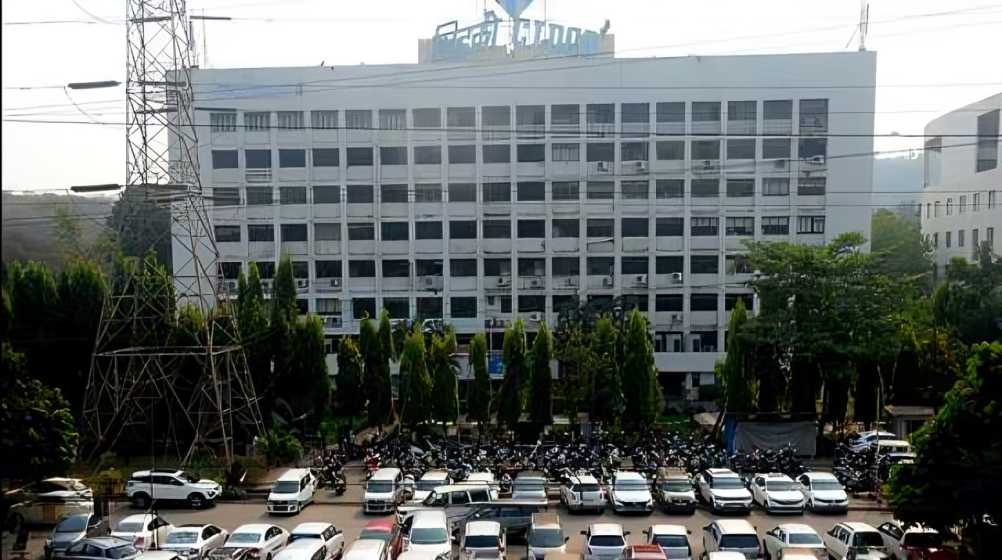October 24, 2025: The Mumbai Metropolitan Region Development Authority (MMRDA) is set to replicate the land acquisition frameworks used by the City and Industrial Development Corporation (CIDCO) and Maharashtra Industrial Development Corporation (MIDC) for the proposed Third Mumbai, officially known as the Karnala-Sai-Chirner (KSC) New Town. The project, spread across 323.44 sq km, will cover 124 villages in Uran, Panvel, and Pen talukas of Raigad district.
Facing resistance from local residents, MMRDA has decided to adopt proven acquisition models rather than design a new one. “Instead of drafting a new land acquisition framework, we plan to replicate or rather extend the successful policies already in place by other government organisations,” a bureaucrat told Hindustan Times.
CIDCO’s first rehabilitation policy, implemented since 1994, offers 12.5% of acquired land back to Project Affected Persons (PAPs) as developed plots, of which 30% is reserved for public utilities, leaving a net allotment of 8.75%. These plots have a 1.5 Floor Space Index (FSI) and 15% commercial use allowance. A second model, used since 2014 for the Navi Mumbai International Airport project, provides 22.5% of developed land along with amenities such as schools, health centres, and community spaces.
For commercial and industrial development, MMRDA plans to follow MIDC’s approach, which offers 15% of land in industrial areas and 5% in commercial zones to PAPs as part of compensation. “If there is a successful way out, there shouldn’t be a need to experiment,” the official added.
The Maharashtra government recently appointed MMRDA as the New Town Development Authority (NTDA) for KSC New Town. Preliminary studies, including LiDAR and GIS mapping, have begun. Despite ongoing protests from farmers under the KSC Navnagar Virodhi Shetkari Samiti Raigad, the project remains central to Maharashtra’s goal of raising the MMR’s GDP to USD 300 billion within five years.
Source: Hindustan Times





